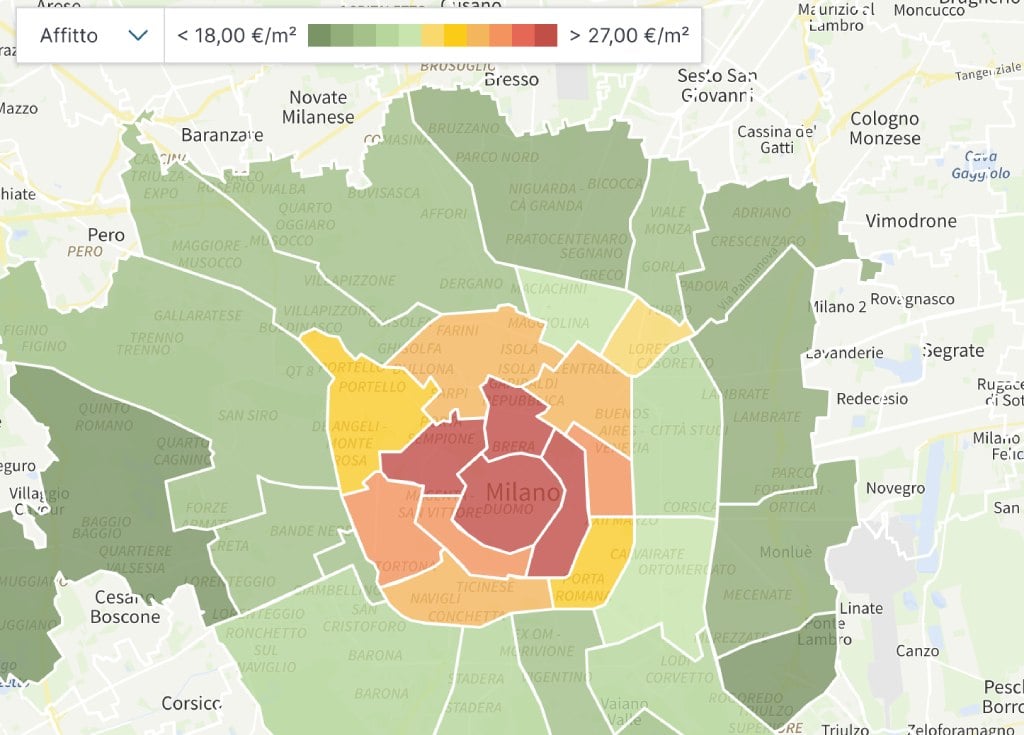The new rules, contained in an ordinance signed by Mayor Giuseppe Sala last month, prohibit the sale of alcohol to be drunk outdoors from midnight to 6am on weekdays and from 1.30am to 6am on Fridays, Saturdays and Sundays on the lively streets of via Melzo, via Lazzaretto and piazza Oberdan.
The restrictions came into force on Friday October 20th, applying to bars with outdoor tables as well as to shops, vending machines and stalls which sell drinks.
Street vendors are also prohibited from selling food and alcoholic and nonalcoholic drinks from 6pm to 6am.
The ban came in amid concerns about safety in the city centre, as well as about how noise levels affect people living in the area.
“This idea of the 24-hour city in which there are no opening hours and [things are] always open, no longer satisfies me so much,” Sala said, according to news agency Ansa.
“I believe cities should rest too like us humans and have timetables that are a little more suitable for everyone.”
READ ALSO: Milan announces plan to ban cars from city centre in 2024
Marco Granelli, Milan’s safety councillor, added: “We do not want to penalise fun or work and entrepreneurial activities, but we must allow residents to rest and everyone to use public spaces in safety.”
Safety is a hot political topic in Milan, which has long been the city with the highest crime rate in Italy. The crime rate increased by 3.5 percent in 2022, according to the most recent statistics from the interior ministry, published by financial newspaper Il Sole 24 Ore.
However, not everyone in the area was happy with the mayor’s move.
Elena Montafia, president of the Lazzaretto neighbourhood committee, told the Milanese edition of Corriere della Sera that the ordinance was “completely ineffective” as noise levels will still be higher than the recommended 55 decibels even with the ban.
“We don’t want to wage war on the locals, but a municipality should take responsibility if its citizens live in these conditions,” she said.
“Closing the outdoor areas half an hour early on weekends, unfortunately, does not address the problem in the slightest.”
OPINION: Why Milan is a much better city to live in than Rome
Paolo Sassi of Leccomilano, a local bar, also expressed frustrations, saying a pact had already been made and kept with councillors to have areas closed by 2am.
“Today, however, we have to remove the outside areas, but can remain open inside until 3am. What’s the point of all this disturbance in the street, if real police checks are not carried out throughout the area?”
This is not the first time Sala has called for a ban on drinking outside after hours. In July 2022 he prohibited the sale of takeaway drinks between 10pm and 5am in the city centre.





 Please whitelist us to continue reading.
Please whitelist us to continue reading.
Member comments